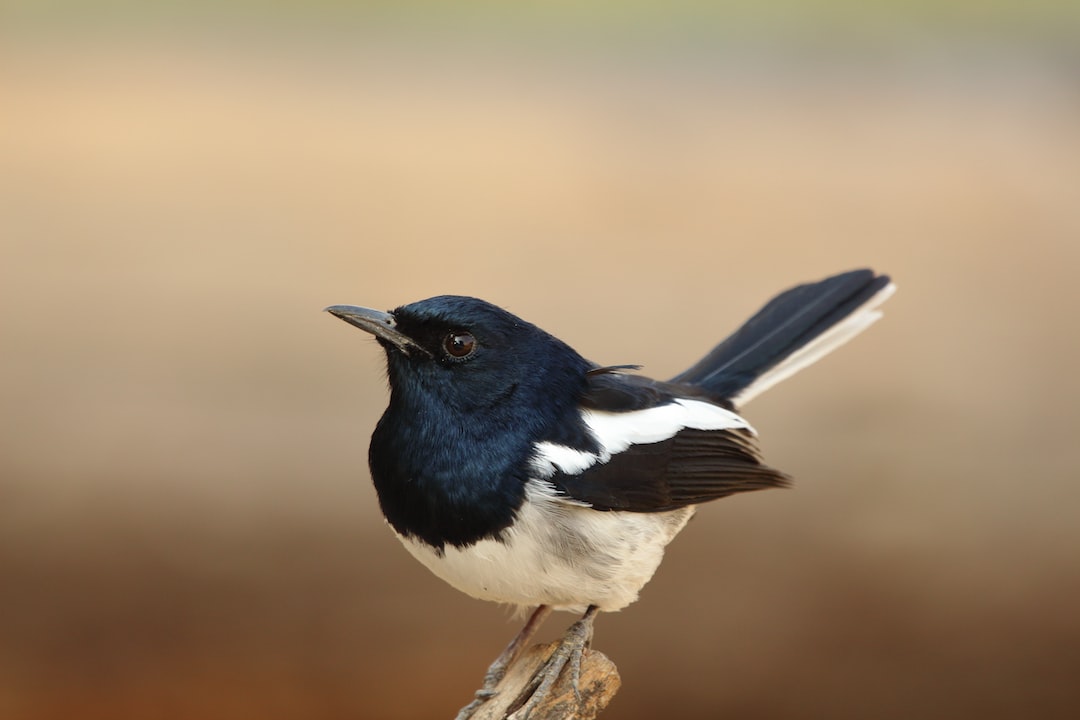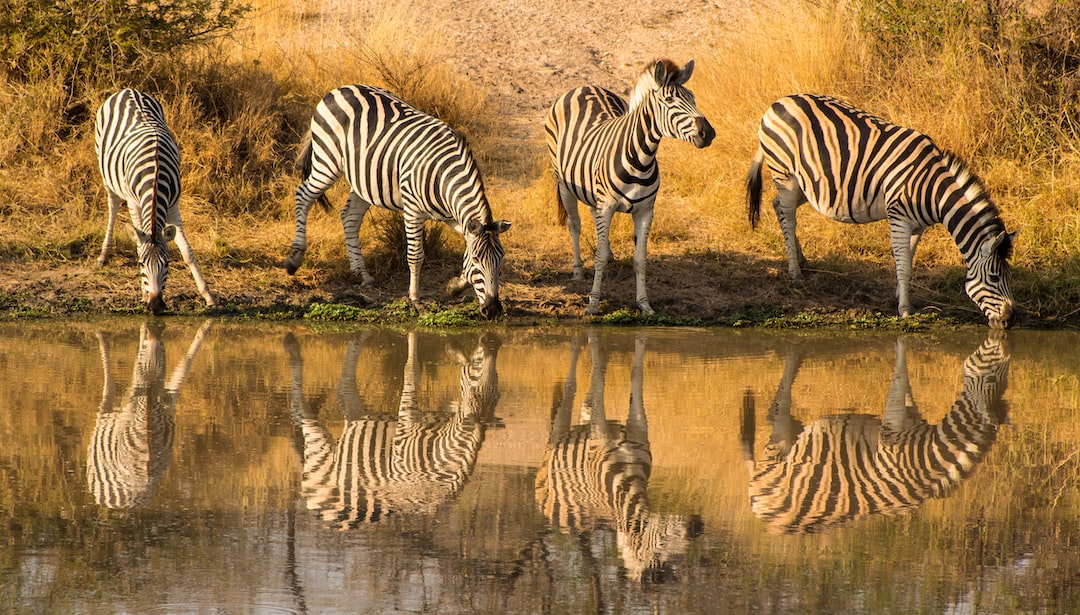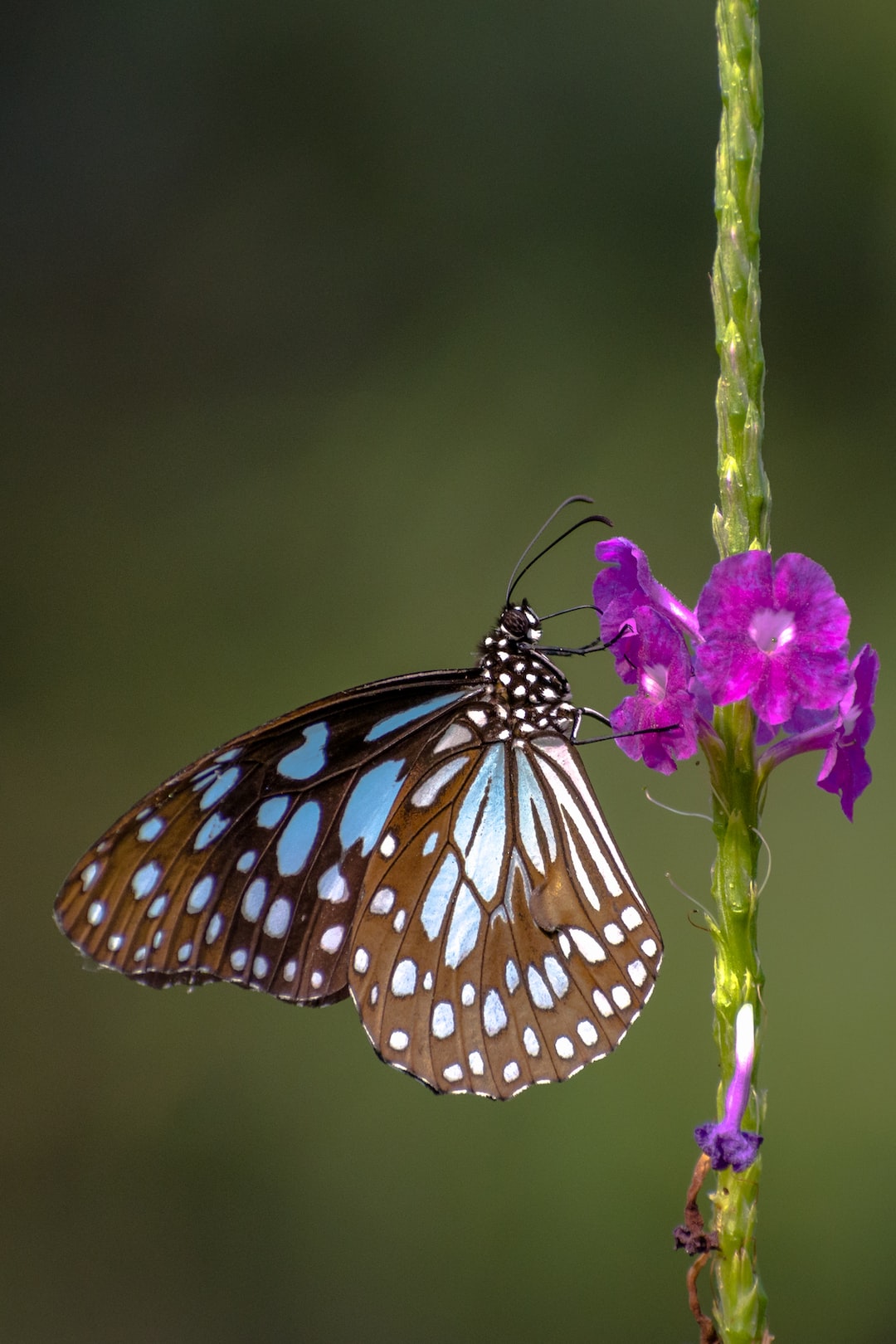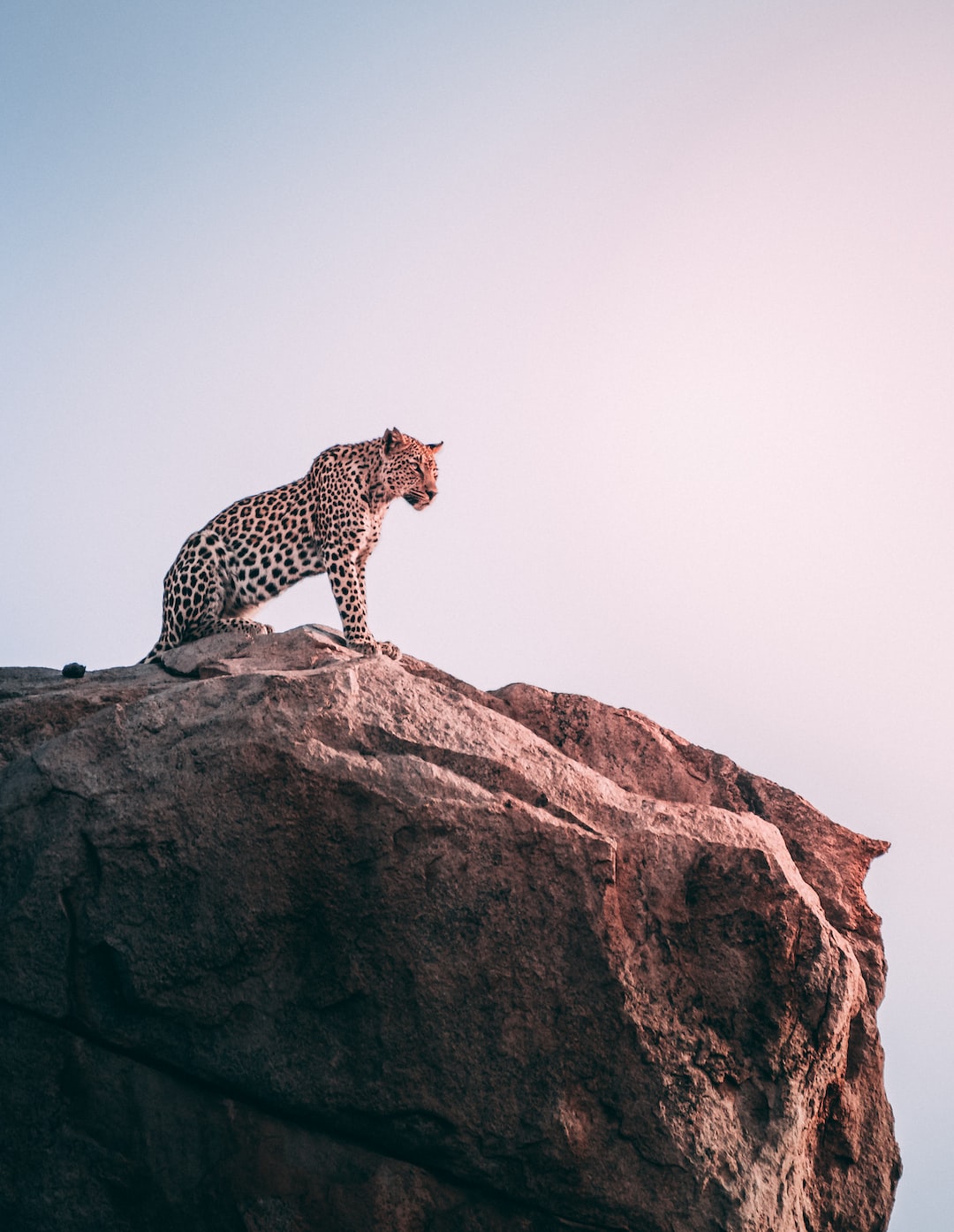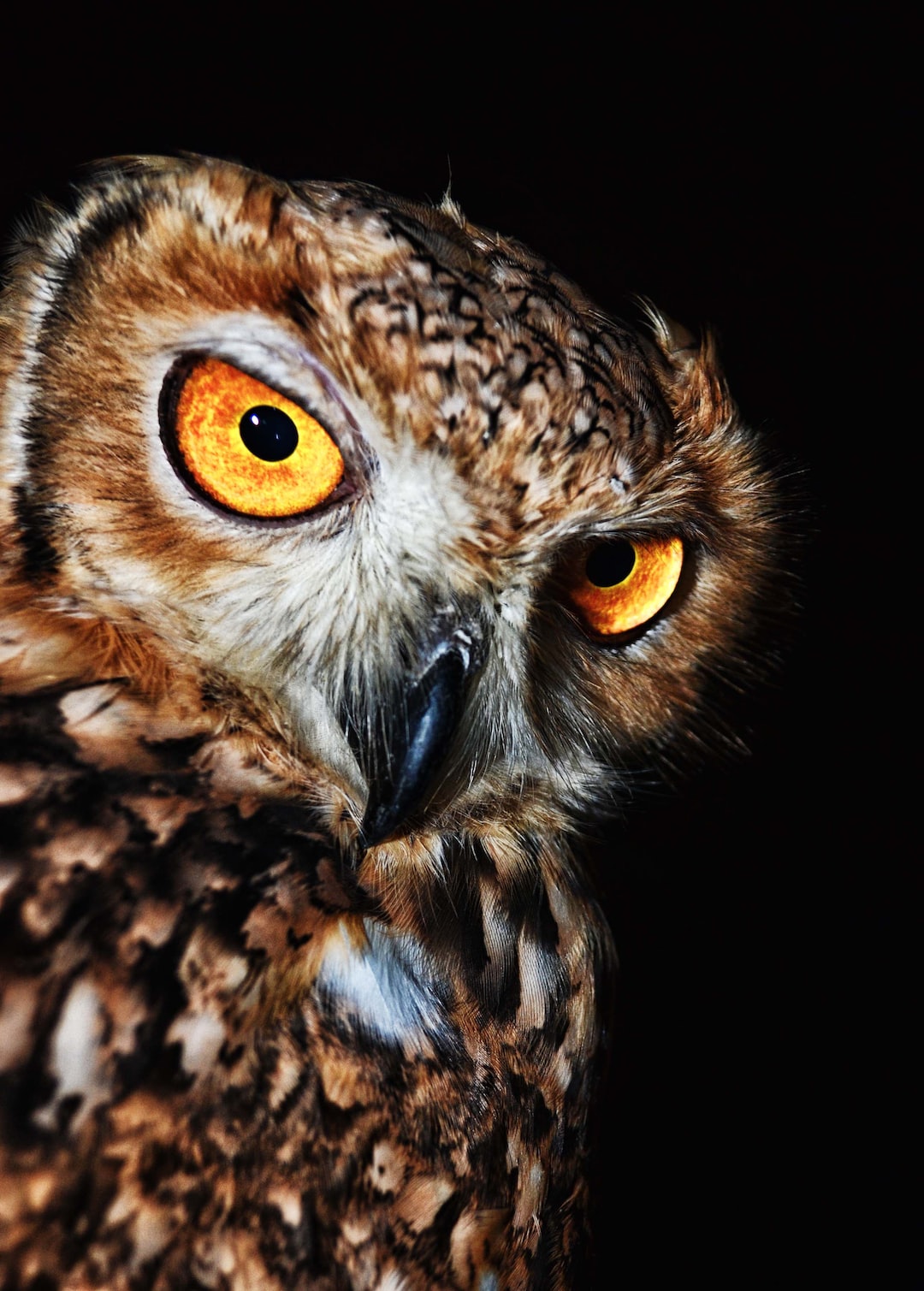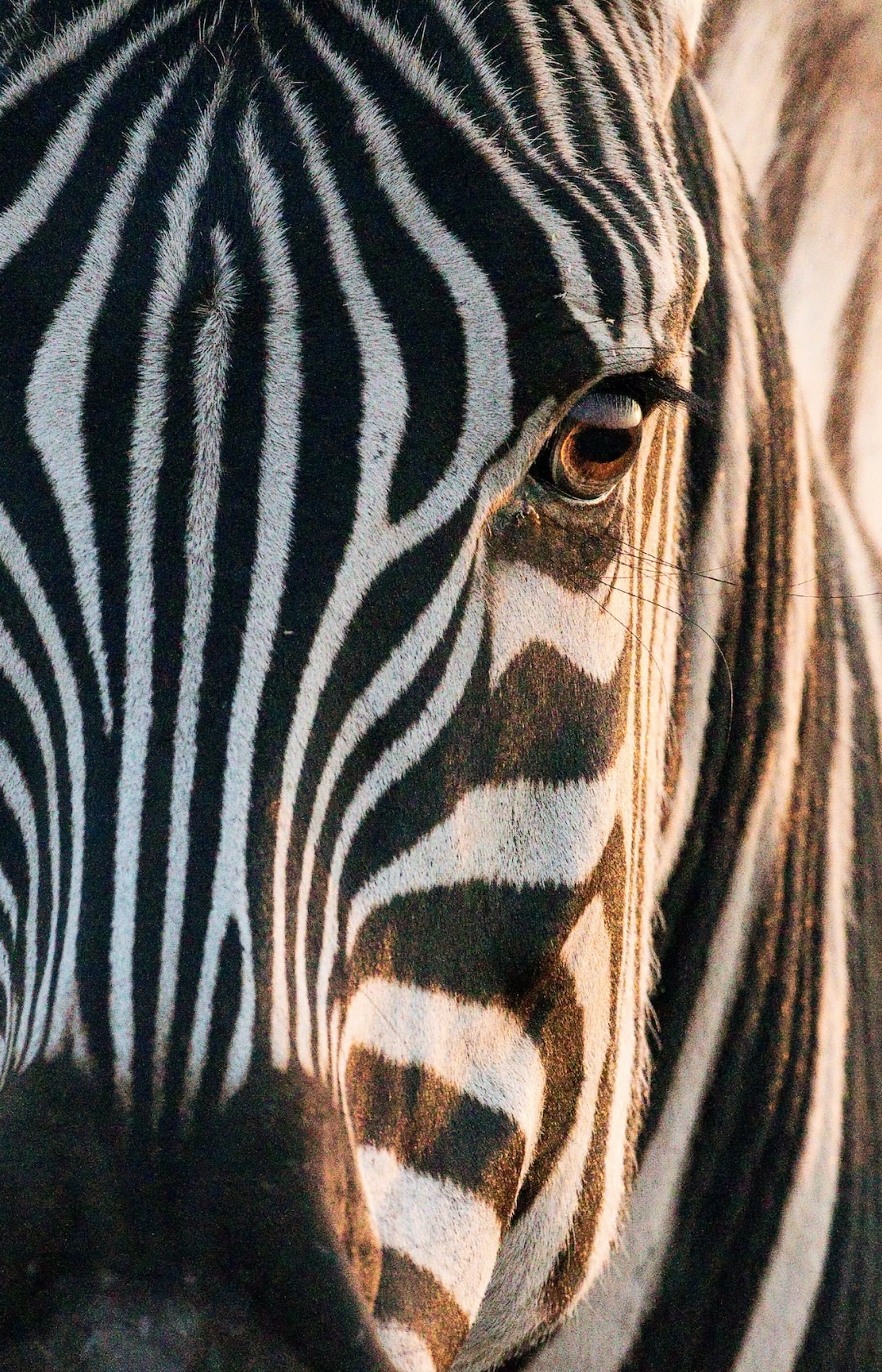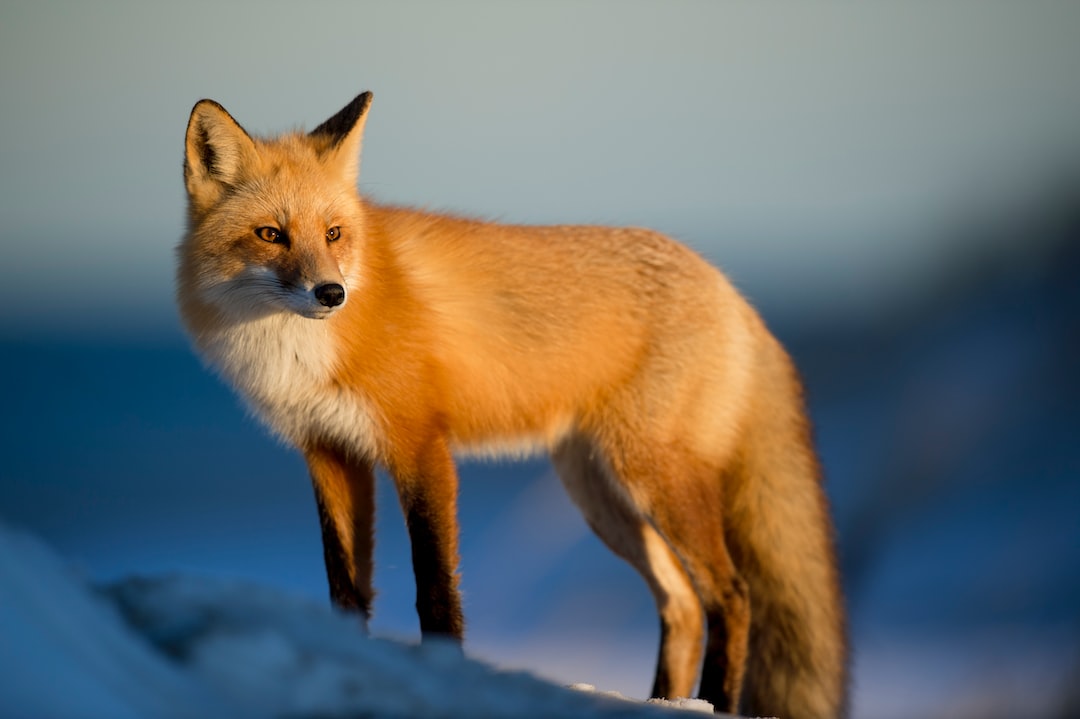Title: The Healing Power of Animal-Assisted Therapy: How It Benefits Both Humans and Animals
Introduction:
Animals have always had a special bond with humans. They bring joy, comfort, and unconditional love into our lives. However, their significance goes beyond being just pets. The field of animal-assisted therapy has shown that animals can play a vital role in healing and improving the well-being of individuals. In this blog post, we will explore the wonders of animal-assisted therapy and how it benefits both humans and animals.
Body:
1. Human Benefits of Animal-Assisted Therapy:
a) Physical Benefits:
Animal-assisted therapy has proven to have numerous physical benefits for individuals. Interacting with animals can lower blood pressure, reduce heart rate, and even alleviate pain. The act of stroking or petting animals has a calming effect, releasing endorphins that relieve stress and contribute to overall wellness.
b) Mental and Emotional Benefits:
Animal-assisted therapy also has a positive impact on mental and emotional well-being. It helps reduce anxiety, depression, and feelings of loneliness or isolation. The presence of animals provides comfort and a sense of companionship, boosting self-esteem and social interaction amongst individuals. The non-judgmental nature of animals creates a safe space for therapy sessions, allowing individuals to open up and express their emotions freely.
c) Cognitive Benefits:
Exposing individuals to animals can enhance cognitive abilities. Engaging with animals in various activities or training sessions can improve memory, problem-solving skills, and concentration. Animal-assisted therapy is often employed in rehabilitation centers to aid in the recovery of individuals with learning disabilities or traumatic brain injuries.
2. Animal Benefits of Animal-Assisted Therapy:
a) Socialization and Bonding:
While animal-assisted therapy is primarily focused on benefiting humans, animals also gain valuable advantages from such interactions. Animals, especially therapy animals, are provided with opportunities to socialize and bond with different people. This exposure helps develop their social skills and confidence, making them happier and healthier companions in the long run.
b) Increased Purpose and Well-being:
Engaging in therapy work provides animals with a sense of purpose and fulfillment. They are contributing to the well-being of humans and making a positive impact, which helps combat boredom and aggression. Animal-assisted therapy ensures that the animals involved are well-cared for, receiving love, attention, and a sense of belonging.
c) Physical and Mental Stimulation:
Interacting with humans during therapy sessions helps animals stay physically and mentally active. They participate in a variety of activities, such as walking, playing, and being trained. This stimulation improves their physical health, prevents obesity, and keeps their minds alert, reducing the risk of cognitive decline as they age.
Conclusion:
Animal-assisted therapy has proven to be a remarkable practice that benefits both humans and animals alike. By utilizing the healing power of animals, this therapy provides physical, mental, and emotional benefits for individuals, enhancing their overall well-being. Simultaneously, animals involved in such programs experience increased socialization, a sense of purpose, and improved physical and mental stimulation. Through animal-assisted therapy, the compassion and connection between humans and animals are nurtured, creating a healing environment for all involved.
